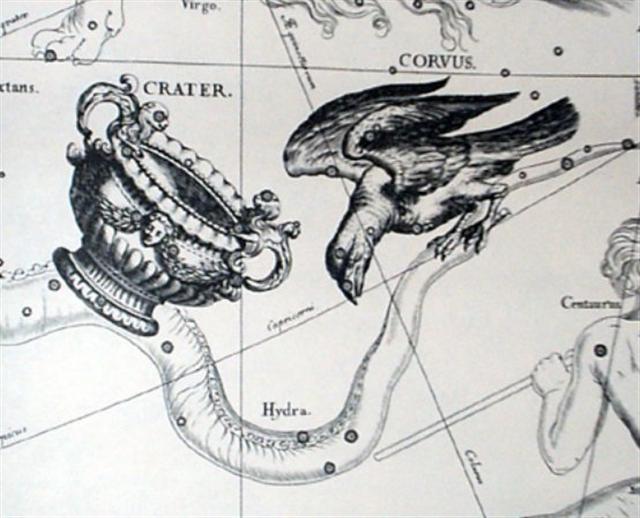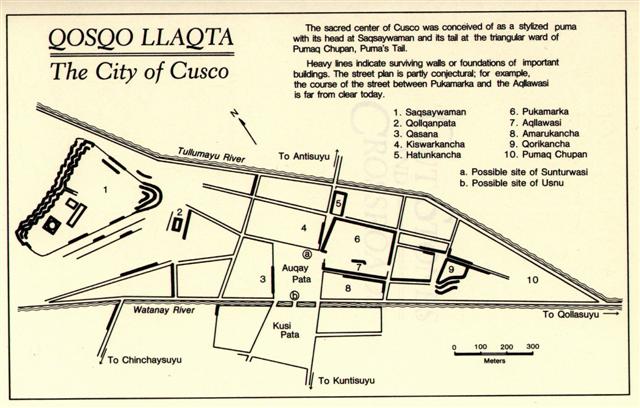260. The great number of glyphs (392) on side a of the C tablet was clearly due first of all to the 16 days from Sirrah (the Navel of the Pegasus Horse) at the beginning of the text to Anunitum (the Lady of Heavens, nowadays at the mouth of the northern of the pair of fishes), corresponding to the 16 right ascension nights from March 21 (80) to April 6 (96) when Sirrah was close to the Sun and had not yet returned to visibility in the early mornings.
But on Easter Island and in the spring month of September (corresponding to the spring month of March north of the equator) Sirrah and Anunitum were instead close to the Full Moon where they could be easily observed, and the text could therefore begin with its zero day already in September 20:
The same phenomenon caused 16 extra glyphs at the end of side a, from October 1 when the Sun reached Alioth (*194) at the root of the Fat Tail (ε) of Ursa Major to the end of the side, where the Full Moon was at the right ascension day line drawn down from Polaris (*26) and Alioth was on its way back to visibility after its close encounter with the Sun..
392 - 16 - 16 = 360 (= 4 + 354 + 2). It means for instance that glyph 366 in a way could be regarded as referring back to glyph 366 - 16 = 350, which number possibly corresponded to day 350 in the old Roman calendar: ... Thus the regular old Roman year ended with Februarius 23 and it was 350 nights long, 25 fortnights. Then followed 5 extra nights, or as the Romans saw it 5 + 1 = 6 nights in order to include March 1, the first day of the new regular year ... September 4 (Ca13-7 → 91) + 27 (right ascension day glyphs ahead to Roman times) = 247 + 27 = 274 ('October 1) and 274 - 183 = 91 ('April 1). I.e. in Roman times and in 'April 1 (91) the Full Moon had been in 'October 1 (274) and Alchita had risen with the Sun in day *183 - *27 = *156 = 236 - 80, where 236 (= 8 * 29½) was 'August 24. 236 + 27 = 263 (September 20). But in 'September 20 (*263) it was not Alchita but Tania Australis (μ Ursae Majoris) which occupied the right ascension line 263 days after 0h.
Evidently all this was common knowledge, not only by Hevelius who illustrated the connection between Crater and Corvus above, but also by people in South America,
where Zosma and Coxa in Leo were preceding the square of Corvus where water was absent and visualized as if overcrossed. ... There was no water in the village. The lakes and rivers were dry. Raven and Crow, two young girls who were having their first menstrual courses, were told to go and draw water from the ocean. Finding the journey too long, Raven decided just to urinate into her basket-bucket. She decieved no one and was severly scolded. Crow returned much later but with drinking water. As a punishment, Raven was condemned never to find water in the summer; only in winter would she find something to drink. For that reason the Raven never drinks during the hot months; she speaks with a raucous voice because of her dry throat ... The Babylonians had Raven looking in vain for the water down in the Abyss at the opposite side of their Field where there was plenty of fresh water on the ground:
Fresh water evidently ran out close to the tail end of the lion (the puma):
|
||||||||||||||||||||||||||||||||||||||||||||||||||||||||||||||||||||||||||||||||||||||||||||||||||||||||||||||||||||||||||||||||||||||






.jpg)













